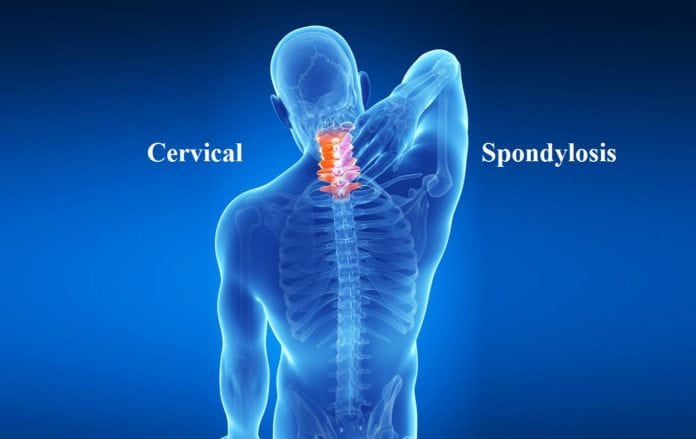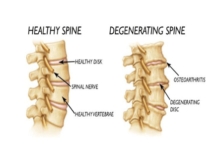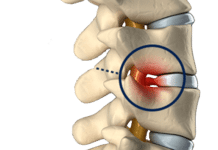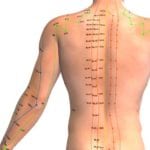The term spondylosis is also sometimes used to describe a host of degenerative spine conditions rather than a singular condition. Some physicians use it to describe a form of spinal stenosis, while others may employ it as a general, overarching term for osteoarthritis. In order to be diagnosed with spondylosis, additional information about the specific form of pain should accompany the prognosis.
Ankylosing spondylitis (which may be incorrectly referred to as ankylosing spondylosis) is an inflammatory condition involving the hip joints and the spine. It has a greater preponderance for adult males. It should be noted that spondylosis deformans is not a real medical diagnosis in humans; spondylosis deformans is the term used for dogs that are affected with such arthritic changes in the backbone.
Symptoms of Spondylosis
Symptoms can differ depending on the area where the pain exists. Cervical spondylosis symptoms may include:
- Neck pain
- Strained muscles around shoulders
- Resistance to movement
Lumbar spondylosis refers to pain and degeneration in the lower back. Symptoms may include:
- Pain in the back or neck, particularly in movement
- Tingling sensation down arms and legs
- Muscle weakness
How is Spondylosis Diagnosed?
Spondylosis is typically diagnosed through an evaluation of your medical history and a physical examination. Imaging tests may also be administered for a more detailed insight. A combination of the medical history, physical exam, MRI, X-ray imaging, and genetic blood markers can likely produce the best answers in determining whether your spine is being affected by spondylosis or any similar conditions.
Treatment for Spondylosis
Treatment for spondylosis typically involves beginning with conservative methods, such as physical therapy, over the counter pain medication, and minor lifestyle modifications. For chronic forms of spondylosis, pain management methods should be approved by the physician. This can include chiropractic treatment or decompressive therapies. As a last resort, surgery can also be done to relieve symptoms, but even then, the relief of back pain may not be resolved completely.
To find what sort of treatment options you have in getting rid of spondylosis or other similar conditions, make an appointment with your physician to receive a confirmed diagnosis.






























